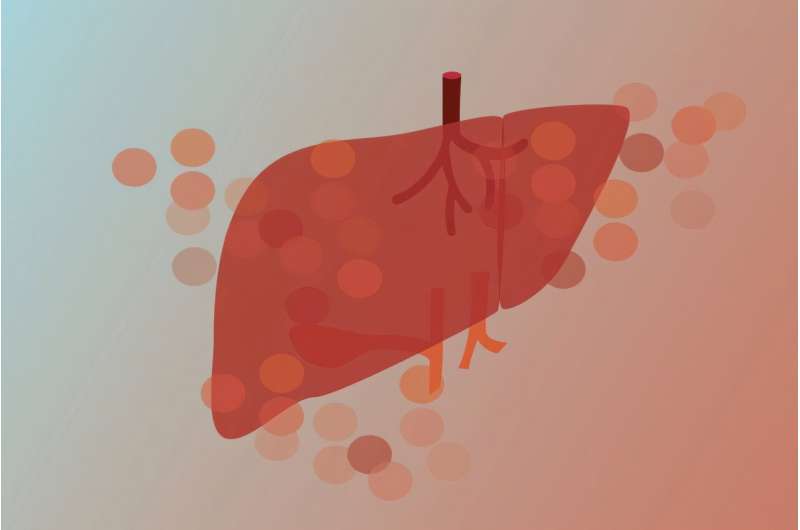On July 1, 2025, researchers from the Massachusetts Institute of Technology (MIT) and Harvard University unveiled a groundbreaking method that combines imaging and sequencing to study gene function in intact tissue. This innovative approach, known as Perturb-Multimodal (Perturb-Multi), allows scientists to simultaneously assess genetic changes and their effects on gene expression and cell structure within the same cells. The method promises to accelerate discoveries in organ function and disease mechanisms.
The research, detailed in the journal Cell on June 12, was led by Jonathan Weissman, a member of the Whitehead Institute for Biomedical Research, and Xiaowei Zhuang, a professor at Harvard University. Their collaborative effort has created a system capable of testing hundreds of genetic modifications within a single mouse liver, capturing multiple data types from the same cells.
Understanding Complex Biological Processes
Traditional genetic studies often focus on turning off one gene at a time to observe its effects. However, this new approach allows researchers to turn off hundreds of different genes across a single liver, using a mosaic approach that ensures only one gene is turned off per cell. This technique enables the study of numerous genes simultaneously, providing a comprehensive view of how genetic changes affect cellular functions.
“Understanding how our organs work requires looking at many different aspects of cell biology at once,” explains Reuben Saunders, a former graduate student in Weissman’s lab. “With Perturb-Multi, we can see how turning off specific genes changes not just what other genes are active, but also how proteins are distributed within cells, how cellular structures are organized, and where cells are located in the tissue.”
Revealing New Insights into Liver Biology
The team applied Perturb-Multi to study liver physiology, leading to significant discoveries in fat accumulation, stress responses, and hepatocyte zonation. One notable finding was that disrupting four different genes resulted in similar fat droplet accumulation in liver cells, yet sequencing data revealed three distinct mechanisms behind this phenomenon.
“Without combining imaging and sequencing, we would have missed this complexity entirely,” Saunders notes. “The imaging told us which genes affect fat accumulation, while the sequencing revealed whether this was due to increased fat production, cellular stress, or other pathways.”
Additionally, the researchers identified new regulators of liver cell zonation, including genes involved in modifying the extracellular matrix. This suggests that liver cell identity may be more flexible than previously thought, challenging existing assumptions about cellular specialization.
Technical Innovations and Future Applications
Developing Perturb-Multi required overcoming several technical challenges, such as preserving RNA and proteins during tissue processing and integrating diverse data types from the same cells. “Overcoming the inherent complexity of biology in living animals required developing new tools that bridge multiple disciplines—including genomics, imaging, and AI,” says Will Allen, a former postdoc in Zhuang’s lab.
The researchers plan to expand Perturb-Multi to other organs, including the brain, and to study genetic changes under different conditions like disease states or dietary changes. “We’re also excited about using the data we generate to train machine learning models,” adds Saunders. “With enough examples of how genetic changes affect cells, we could eventually predict the effects of mutations without having to test them experimentally—a ‘virtual cell’ that could accelerate both research and drug development.”
Implications for Future Research
The scalability of Perturb-Multi holds promise for genome-wide studies that test thousands of genes simultaneously. As sequencing and imaging technologies advance, the method is expected to become more powerful and accessible to the broader research community.
“Our goal is to keep scaling up. We plan to do genome-wide perturbations, study different physiological conditions, and look at different organs,” says Weissman. “That we can now collect so many types of data from so many cells, at speed, is going to be critical for building AI models like virtual cells, and I think it’s going to help us answer previously unsolvable questions about health and disease.”
The research represents a significant step forward in understanding complex biological processes and has the potential to transform the way scientists study gene function and disease mechanisms.
